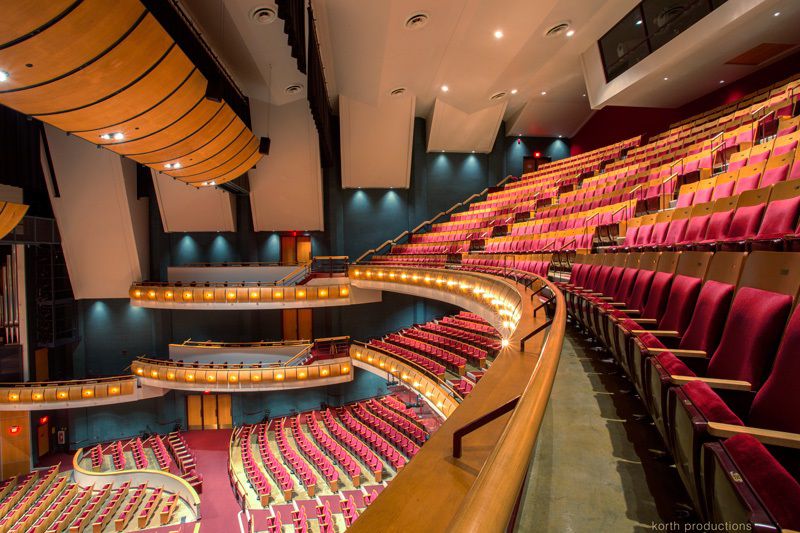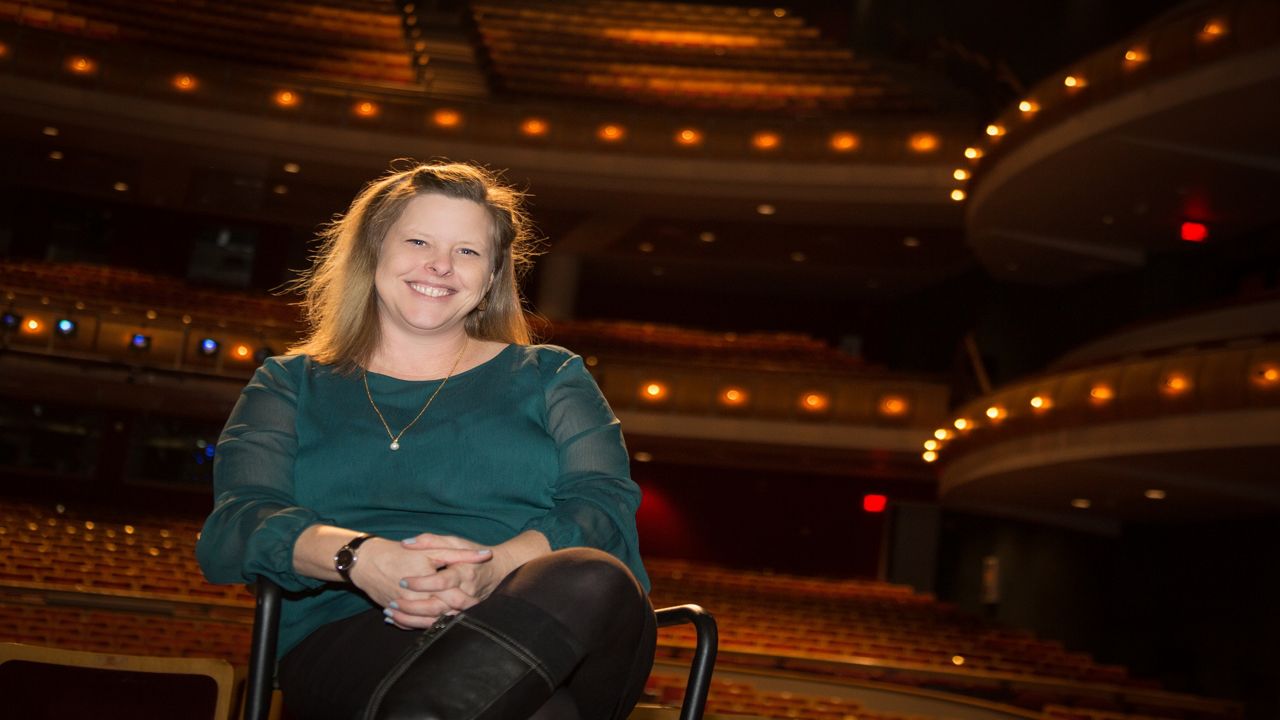GREEN BAY, Wis. — They didn’t realize it at the time, but Kelli Strickland and her Weidner Center staff had a clairvoyant quality to them.
Before anyone had to figure out how to pronounce c-o-r-o-n-a-v-i-r-u-s, how it would adversely affect them and how on God’s earth would they be able to overcome it, they were on to something.
“I think all arts and culture organizations are looking for ways to stay connected with the folks who support them,’’ Strickland, executive director the Weidner Center, said of the staff meeting that took place roughly 18 months ago. “So we knew we had to find a way to provide some kind of opportunity for audiences to connect with artists.”
Hello, virtual technology.
“I think arts organizations have been looking for years at ways to remove barriers of entry,’’ said Strickland. “We talk all the time about how to broaden our audiences, about wanting to reach younger generations and so this piece of technology is one way to do that.”

When the coronavirus found its way to the Weidner Center's front door, those conversations soon turned to action – with a little help.
“We were really fortunate to have a donor who assisted the university and the Weidner Center with outfitting us with multiple cameras, streaming software and all the equipment necessary to do a multi-camera, good-looking livestream,’’ said Strickland.“The spectrum of what that experience can look like is all the way from someone holding up a phone and pointing it at someone to trying to do something that has a kinetic quality to it.”
With live performances benched for the foreseeable future, they now hope to use virtual technology to marry the idea of connecting with possible new customers while at the same time offering performances for their entertainment-starved regular clientele.
“We talk all the time about how to broaden our audiences, about wanting to reach younger generations and so this piece of technology is one way to do that,’’ she said.
“The conversation about a year-and-a-half ago was really about audience engagement. Now there are limitations to what you can do and we know it doesn’t exactly replicate the live performance experience; we’re not trying to do that. What we’re trying to do is give people a taste at what sort of is low risk for the kind of things that happen inside a performing arts center. And that conversation was for people who wouldn’t necessarily think of themselves as a person who would go to an arts center.

“Now we’re really talking about is how do we connect with those people who often go to arts centers, and we just miss each other. It’s different intentions but hopefully this is an instance of two birds with one stone.’’
The series began Sept. 30 and Strickland said the goal is to produce 15 to 20 events through next spring. The shows will consist of a mix of professional performances mixed in with students performing their culminating recitals.
For students, this opportunity is literally music to their ears. Without the virtual recitals, hundreds of hours of work and preparation would have likely been heard only by one person - their professor.
“It made me feel great that I would be able to give something, like somebody would be able to see it if it was livestreamed,’’ said Kameron Jennings, a junior trumpet player from Poynette. “At least I would be able to perform this material that I’ve worked on for the past three years, and I’ve been working on for so many years; since sixth grade.”
Strickland said there has been a general curiosity of what these shows will look and sound like and she is confident they have all their bases covered.
“We’ve been working incredibly hard,’’ she said. “We’re really fortunate we have Dr. Bill Salak here on campus. We have an audio engineering program that’s underway and that’s been incredibly useful to guarantee sound quality, which is one of the toughest things to deal with in these streamed events.”
If successful Strickland believes certain aspects of virtual technology may be carried into the future, even after their doors reopen.
“I think a lot of us have not been entirely comfortable with these technologies but we’re getting comfortable very quickly,’’ she said. “And of course once you’re comfortable is when you can see the opportunities and have the ideas about the creative ways to use it.
“I wouldn’t be surprised if we see this kind of technology used more widely even post-COVID. But I don’t believe that it will replace audiences and artists desires to come together live. There is just no substitute for that experience.”
Jennings certainly understands the value of a live performance, but right now he values something else even more.
“My parents are my biggest fans and they’re definitely excited,’’ he said. “They’ll be able to hear me in some form perform my recital.’’



